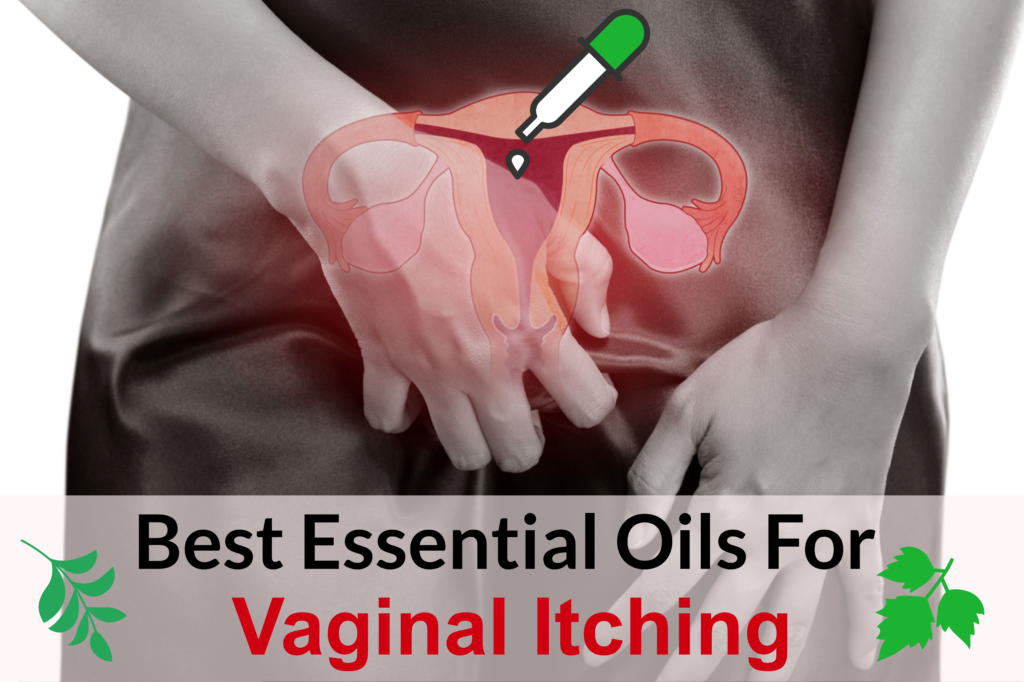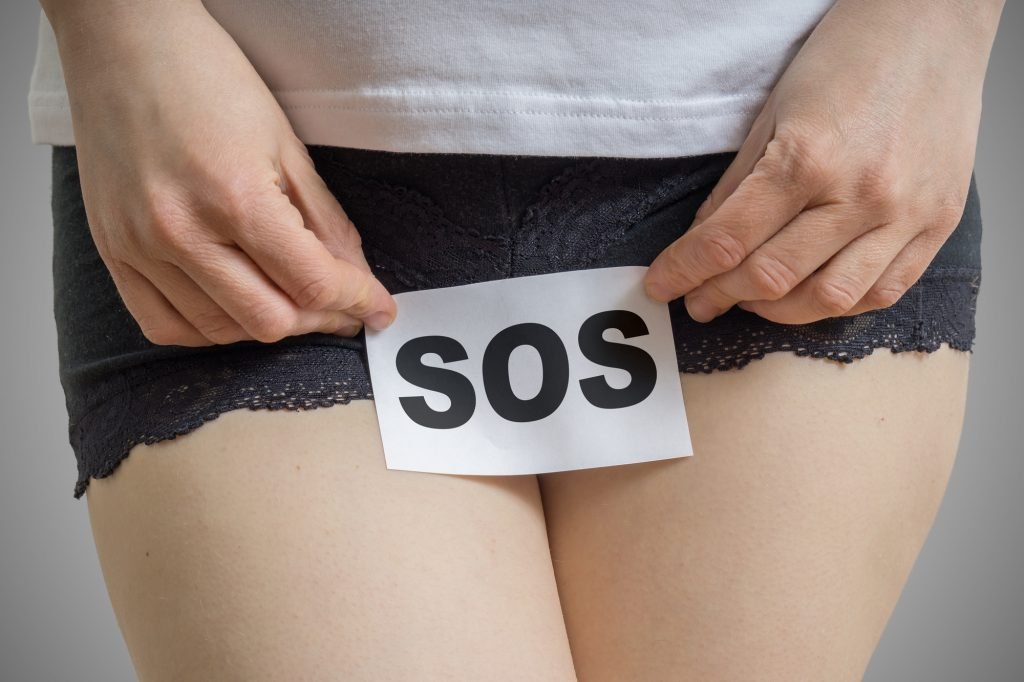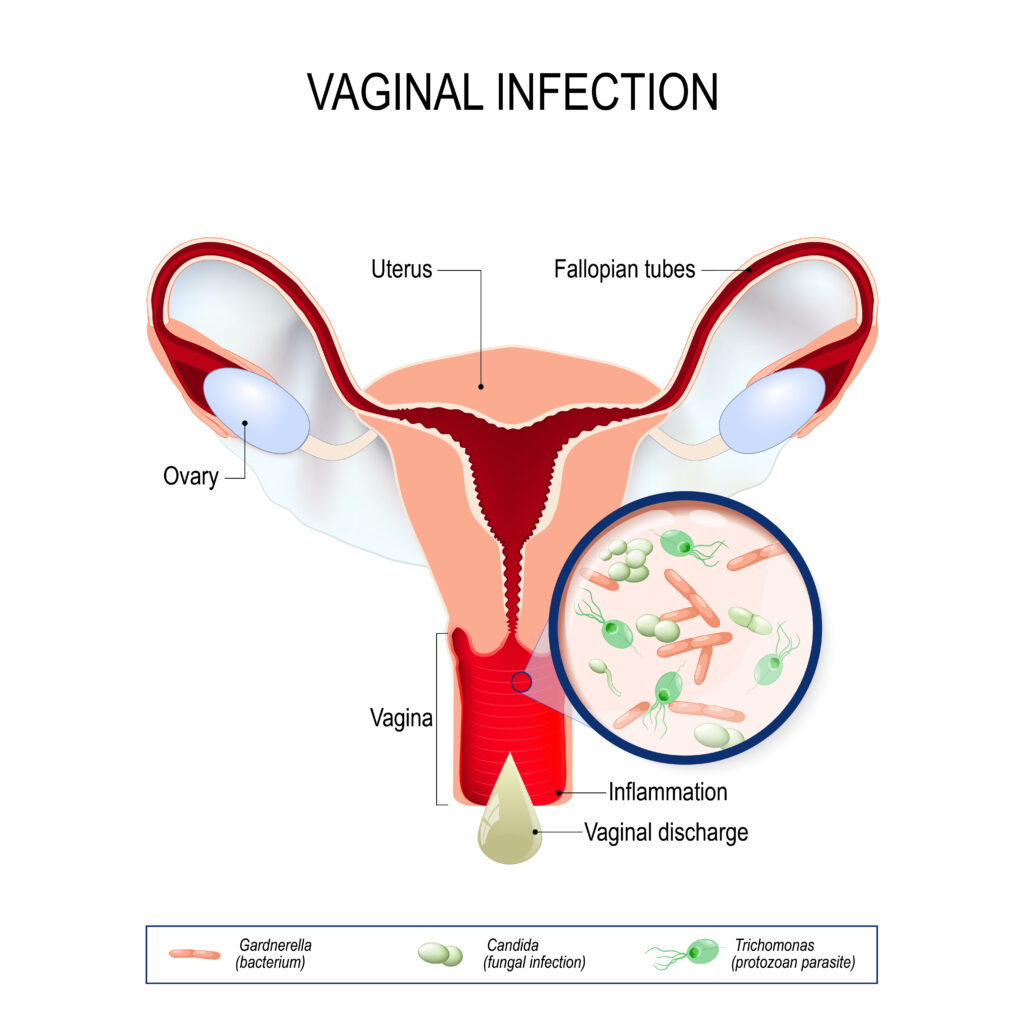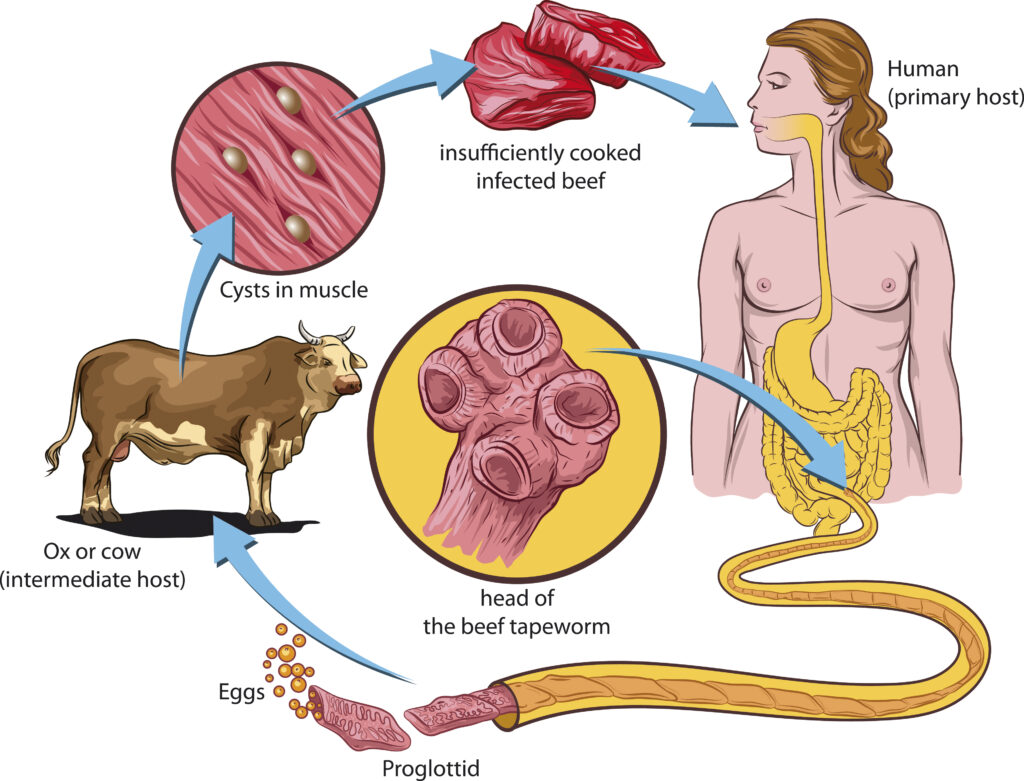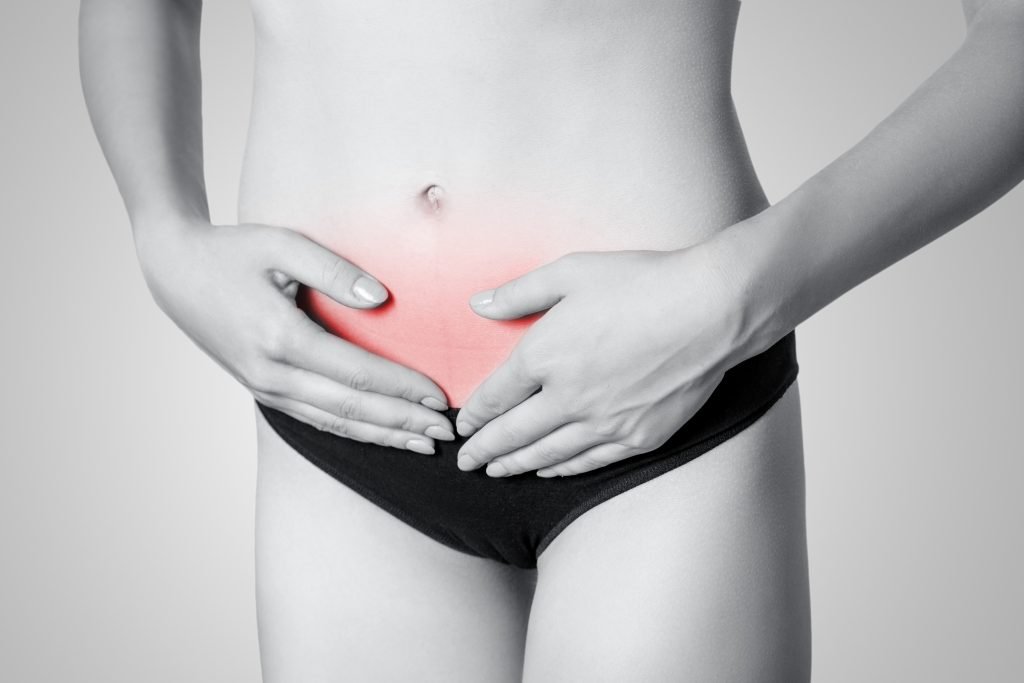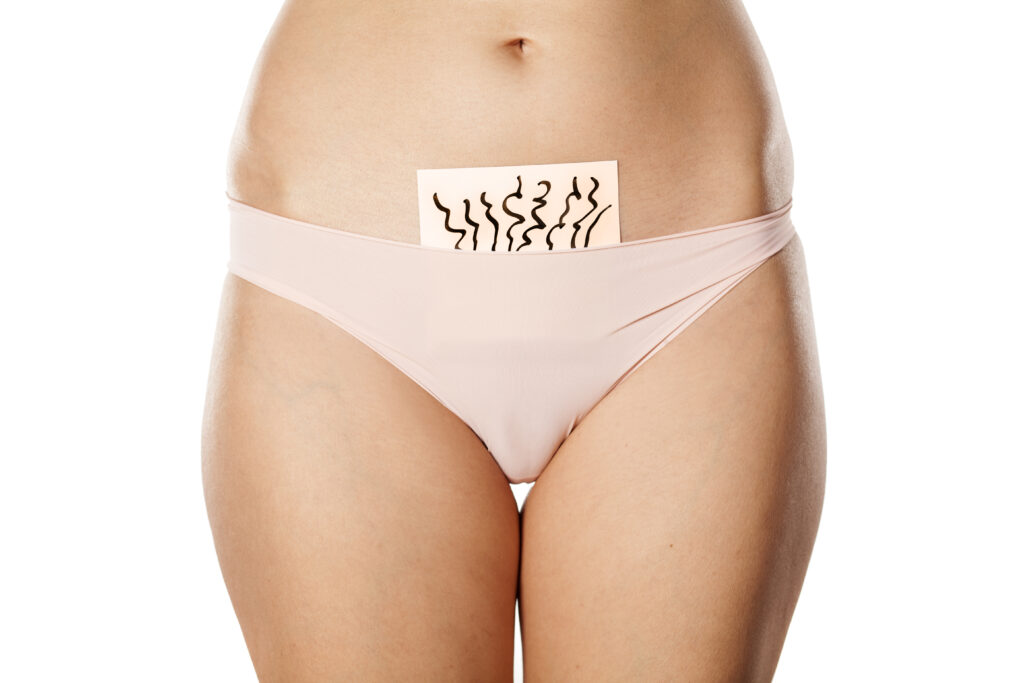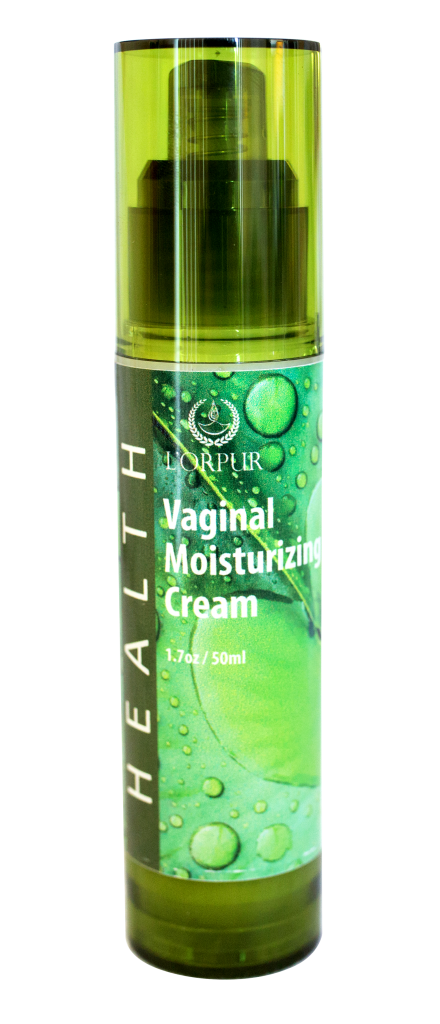“It’s itching….have to scratch!” The words are so loud in your head that you almost wonder if anybody else can hear them.
You wish it were your nose that were itchy as you desperately scan the area for the nearest restroom. You make a dash for the door using up every ounce of self-restraint to stop your hand from going towards your crotch.
If you have never experienced such an episode, you are lucky. But since you are here, I am assuming that you have had your fair bit of trouble with vaginal itching.
However, while men often take the liberty of succumbing to the relief of an itchgasm even in public, we gals can’t even grind our legs together let alone actually reach down and give that little lady the scratching of her life.
So, the only reasonable recourse is to make sure that we deal with the itch before the need to scratch arises and that my dear friends is exactly what we are going to do today. As usual, we will start by dispelling a few myths…
An Itchy Vag – Always A Case Of Cunny Fungus?
Although thrush is often found to be the culprit when you can’t keep your hands off of your hoo-ha, it is certainly not the only cause of vaginal itching. In fact, it’s not even the only infection that causes this symptom.
It’s proven that bacterial vaginosis often paves the way for other infectious critters. So, the itching actually starts the minute the pH of the vaginal canal goes awry, which gives yeast cells and other pathogenic critters a free hand to run amuck.
That said, most genital infections, including STIs can cause some amount of itching, as does dermatitis. So no, you cannot pin the blame for cooch itch exclusively on thrush.
Also, vaginal itching is not normal, regardless of your age and sexual activity level. Although the cause of the itch may not always be serious or even merit treatment, vaginal itching is an abnormal occurrence. So, you need to get to the bottom of it, so to speak.
So, What’s Causing Your Vag To Go All Itchy On Ya And Can You Help You Gal To Get Her Cool Back?
The problem with vaginal itching is that it can be traced back to a myriad of factors. From something as innocuous as tight underwear to an STI and from an autoimmune issue to dwindling estrogen levels, all of these and other factors can lead to feminine itching.
In this article, I am going to give you a list of the top 5 causes of vaginal itching…
Of course, nothing can replace a proper medical diagnosis. In fact, I strongly recommend that you seek a doctor’s opinion on vag itch.
Once you know the cause of the problem and if you can find it in this list below, you will know how to treat it naturally or if you want to combine natural treatment options with prescription meds, you will know how to do so to get better and faster results. So, continue reading…
1. Irritants
In the absence of other symptoms, like discomfort when urinating and smelly vaginal discharge, the cause of vaginal itching can almost always be traced to irritation.
Now, here is where the story gets complicated because a wide range of factors can lead to vulvovaginal irritation. But given the steep rise in the popularity of feminine hygiene products, let’s cover those first.
The primary causes of irritation: Soaps, sanitizers and douching liquids meant for your lady bits, almost always end up causing the problems that they are supposed to prevent. In fact, I would go so far as to call them the biggest healthcare and hygiene con out there. So, stay away from them!
All your girly parts need is a gentle round of cleansing with a mild soap that does not contain artificial perfumes, colors, etc. You can try L’orpur Essential Oil bar Soaps. Yes, that covers your regular body wash/gel/soap.
I bet at least some of are wondering why a particular cleansing product works well on the rest of your body and even your face, but gets the skin in the nether world all worked up. Let’s put it this way, your vag is a strong gal, but the skin down there is a weak link.
Other than the cleansers: I promised you a bit of a tell-all, so here it is. If soaps and other feminine hygiene products cannot be implicated, it’s possibly the detergent you are using to keep your delicates clean that are getting the most delicate part of you all sore.
Clingy clothes are next in line when you draw up the list of offenders. Thongs, gym tights, skinny jeans, yoga pants and others lead to heat and friction down there and not in a good way. Finally, it could be your own sweat that is causing all the trouble.
You see, your vag is a sucker for cleanliness, so much so that she has her own cleansing mechanism in place, which is why you don’t need anything from the outside. So, she can take on a bit of sweat but if the salty excretion is pooling down there, you can expect her to get cross.
And, this brings me to the crucial question, how do you deal with an angry vagina? Consider, this soothing spray. You will need:
- 50 ml chamomile hydrosol (use a strong brewed tea if you cannot get your hands on the hydrosol)
- 50 ml lavender hydrosol (this one is easily available)
- 3 tbsp aloe vera gel
- 1 tsp grapefruit seed extract
- 2 drops calendula essential oil
Method
Mix the liquids together with the aloe vera gel in a medium sized bowl. Add the grapefruit seed extract to it and pour into a spritz-head bottle. Add two drops of essential oil and replace the cap on the bottle. Give the mixture a vigorous shake before each use.
Use a mild, non-perfumed soap (preferably Castille) and some warm to wash the genital area. Before you step out of the shower, prop your leg up on a stool, the side of the tub or the toilet and generously spray the mixture on the vulva, groin and perineum, if the irritation is wide spread.
Give the soothing preparation about 5 minutes to work its magic and then gently pat the area dry with a soft towel or toilet paper. The idea is to be gentle.
If the irritation is limited to a small part of the genital area, soak some cotton wool in the liquid and apply with quick and gentle dabs on the affected skin. Again, give the mixture about 5 minutes and then pat dry. The spray should ideally be stored in the refrigerator.
But if you are exceptionally itchy down there, carry some in a small bottle and you can use it whenever the itching threatens both your sanity and sense of modesty.
A crucial thing to remember here is that this spray, and for that matter any other formulation of the kind, will only work if you eliminate the trigger from the equation.
2. Infections
Both the scope and spread of the infection are problems when you are dealing with the genital area. Let me explain this further…
Because two major excretory organs of the body open in this part of the body, it’s a hot spot for germs. Plus, let’s not forget that pathogenic critters do have a liking for warmth, and they find plenty of that in the genital area thanks to body heat and the constrictive layers of clothing.
And where there is heat, there is bound to be sweat as well. Talk about opening up an ‘all you can eat” buffet for pathogens. To add to the trouble, this is one of the few parts that receives an influx of bodily fluids that are not your own. You know what that means – germs from the outside are also invited to the party.
But, that is not all. The genital area also happens to have a lot of nooks, crannies, folds and even orifices. This means, the germs also have plenty of room to hide and thrive. So, topical formulations, whether natural or chemical, will only offer limited reprieve, unless they are coupled with preparations that have a deeper reach.
Also, let us not forget that many infections are systemic (involving the circulatory system and the whole body). Unfortunately, viral infections can only be controlled and not cured in the majority of cases.
On that note, I am going to cut this story short and tell you that for all the reasons mentioned above, a sitz bath is often more effective at treating genital infections, including UTIs, than any ointment.
Additionally, if you can offer outside help to the immune system, the results will come faster and will last longer. This is what you will need:
A. For the sitz bath:
- ½ cup sea salt/Himalayan pink salt
- 3 tbsp neem carrier oil
- 5 drops sweet marjoram and neroli essential oils
- 8 drops tea tree, melissa and frankincense essential oils
- 10 drops each of lavender, palmarosa and turmeric essential oils
Method
Mix the oils and store in a dark glass bottle. To prepare the sitz bath, fill the tub as required with warm water and add the salt and 2 drops of the oil blend to it. Agitate the water to disperse the oils and then soak the genital area in the bath for 10-15 minutes.
If you have very sensitive skin or open wounds in or around the genitalia, dilute the oil blend by using 1/2 tsp of milk (plant/dairy) or a light carrier oil. After the soak, pat the area dry with tissue paper.
For best results use this sitz bath treatment once a day for 5-7 days and then every alternate day for 4 days.
B. Immune booster oral formula
- 1 ml edible carrier oil/drop of essential oil blend (nigella sativa or extra virgin olive oil work best)
- 5 drops each of oregano, thyme, holy basil, rosemary essential oils
- 7 drops each of ginger and cumin essential oils
- 10 drops turmeric essential oil
- 4 drops coriander essential oil
- 2 drops each of clove bud and cinnamon leaf essential oils
Method
Mix the essential oils and store in a dark color glass bottle. You can either use this blend to flavor your soups, curries and salads (3 times a week) or you can gulp down 2 capsules/week for up to 3 weeks.
If you intend to use it in cooking, add a drop of the blend to a pot of soup/curry or simply swirl a toothpick dipped in the blend in a bowlful of the preparation.
If you are using a capsule, use a dropper to put just 1 drop of the essential oil blend in the narrow end of the capsule and top it with 1 ml of a light carrier oil. Replace the wider end of the capsule on the narrow piece and take immediately after a meal.
Do not make more than 2-3 capsules at a time and store extras in the refrigerator. Take one capsule/day, 2-3 days apart, but no more than 2 capsules/week. Do not use for more than 3 weeks.
Do not use if you are pregnant, breast feeding or if you suffer from a health condition involving the cardiovascular system, the kidneys or the liver.
3. Parasites
As if the idea of creepy crawlies thriving on your scalp was not ugh-worthy enough, now you also get introduced to the dreaded pubic louse. Although smaller than body and head lice, do not underestimate these trouble makers. Once they find their way to your pubes, they start a feeding frenzy and lay eggs (nits) like there is no tomorrow. They stay close to their food source, aka your skin, and feed off your blood, leaving manic itching in their wake.
These parasites sure do get around: These unwanted squatters are not only transferred through sexual contact with the infected person but also spread through the use of infected clothes. This means from gym towels to trousers shared between cousins and from the bedding in a less than hygienic hotel to actually doing the deed with an infected person, all can get you the gift of these critters. However, the pool, toilet seats and furniture won’t send this infestation your way.
But pubic infestation is just the start of the trouble: Here is the truly worrisome bit. If you are indulging your partner with oral play and he/she has infested pubes, the critters may jump ship and end up in your eye lashes, of all the places. Yes, folks they can and do go from the pubes to the peepers, and while you can get rid of the bush, you can’t do the same with the lashes, not to mention that plucking the hair or the lice out can be quite painful in this area.
And that certainly won’t be the end of your problems: Unfortunately, when dealing with such an infestation, the critters are not the only problem. For one, your hand will practically start living in your pants; that is how all-consuming the itching can be. And since you will be scratching yourself with wanton abandon, you can expect those nails to do some amount of damage.
So, wounds and inflammation are also a part of the package deal, and God help you if those tiny wounds get infected. The bad news is that you do run a high risk of infection because ectoparasites are involved in the problem.
So, before things get out of hands, let me tell you how to deal with pubic lice and their menace. You will need:
- 3 tbsp carrier oil of your choice
- 1 tsp neem oil
- 3 drops each of eucalyptus and tea tree oils
- 7 drops peppermint essential oil
- 2 drops rosemary essential oil
Method
Mix the oils and store in a dark glass bottle. Shaving is a sure fire way to get rid of lice from any part of the body. But in the pubic area, it means removing all the hair down south, including those around the anus, which can be tricky, painful and risky. So, instead of going for bald, opt for a trim that will allow the oil blend to get to the critters.
As long as the hair shafts are no longer than ¼ to ½ cm, you won’t have a problem. Apply the oil blend generously to all parts of the skin that are covered by hair. Well-oiled is what you are going for and not dripping oily. So, if you have gone a bit overboard, wipe the excess oil off later.
Do not use the blend on the inside of the labia majora (the fleshy, outer vulvar folds), on the labia minora or on the inside of the labia minora.
These oils are toxic to the critters, so they will go loco on you and will bite on to your skin as hard as they can. The alternate cooling and warming sensation of the blend should help with the itching, but if that is not enough, allow a fine toothed comb to get the job done.
It will help to relieve the itch and pull out the nits. But, remember to be gentle; don’t press down too hard. Allow the oil to remain on your skin for at least 4-5 hours or even overnight. Do not forget to wear your underwear because you don’t these critters to crawl out of your pubes and run to their next host.
In the morning or after 4-5 hours, wash the pubic area with a mild soap and go about your day. Generally, two rounds of treatment are enough to get rid of the problem but if you are still feeling itchy, repeat twice more.
4. Periods
Yes ladies, vaginal itching is also one of the numerous issues that Aunt Flo brings along. Menstruation changes the vaginal environment because the pH of the blood stands at 7, which is slight alkaline. Normally, the pH of the vagina is acidic at 3.8 to 4.2. But, the alkaline blood neutralizes the acidic components of the vaginal environment.
This gives pathogenic microbes the upper hand and hence a lot of women suffer from vaginal itching during their period. However, the discomfort usually subsides as the bleeding tapers and gradually stops.
If it does not, then the pH change may have led to bacterial vaginosis. I have a separate article dedicated to this problem and I recommend that you give it a glance over…you can read it here.
That said, if the vag itching is only felt while you are entertaining Aunt Flo and you are in dire need of reprieve, this is what will help:
- 1 tbsp apple cider vinegar/ 2 drops of lemon juice/1 tsp hydrogen peroxide
- 1 tbsp distilled water
- 1 drop tea tree oil
- 1 tsp sesame seed/coconut oil
Method
Mix the oils together and set them aside. You will only need a drop of this blend. So, you can either store the rest in a small glass bottle or use it as a moisturizer and gentle disinfectant in the genital area (not inside the vagina but on the vulva and the groin).
Mix the distilled water with the vinegar, hydrogen peroxide or the lemon juice in a separate bowl. Add a drop of the oil blend to this mixture and whisk well. This treatment can only be used by those who opt for tampons instead of other sanitary products. You will also need a clean Q tip.
Whisk the solution briskly and soak one end of the Q tip in it or dip the Q tip in the liquids and then dip it in the oil blend. The second option is easier.
Now, use the soaked Q tip to line or dot the tampon with the solution. Literally, use the soaked Q tip as you would a coloring pen to put/draw random dots/lines on the tampon. Use the treated tampon as you would a normal tampon and discard it after 4-5 hours.
For those of you who are wondering why not just soak the tampon in the solution. Well, for one, you don’t need as much and two, once the tampon is saturated, it won’t be able to soak up the menstrual fluids, which means you won’t be able to keep it in for as long as required.
You will need only two treated tampons per day and you only have to use them on your heavy flow days. Preferably, start the day and end it with a treated tampon and through the day use your regular sanitary products/tampons. Once the bleeding begins to taper down, stop using the treated tampons and let your body take over.
5. Epilation of pubic hair
Unfortunately for us, the bush is all wiry terminal hair, which is thicker and denser than the vellus hair or peach fuzz on the rest of your body. In terms of texture, the drapes don’t always resemble the carpet, which means that even if the mop on your scalp is fine and silky, you may still end up with coarse hair down there.
To add to the problem, the follicles of pubic hair are usually bigger than even those of the hair on your scalp. So, when they are pulled out, there is greater skin damage to be expected.
This is one of the reasons why yanking out the hair from the armpits and the pubic area often causes some amount of bleeding and almost always leads to inflamed, bumpy skin. Given the scope for friction and heat in the pubic area, you run a very real risk of folliculitis.
But, this is not where the trouble ends. If shaving is your preferred method of hair removal, you can add itching to the list of issues that you are likely to face. Although shaving does not make your hair come back coarser, it does cut the shaft at an angle. This means the hair tips are quite pointy and they prick your skin from the inside as they grow out.
And that is what causes the uncontrollable itching. The bad news is that when you involve your nails in the equation, you greatly increase your risk of an infection. And that is not something you want on any part of your body let alone down there. So, here is a blend that will help to keep both the itching and the possibility of infection in check. You will need:
- 30 ml kokum/cocoa butter
- 2 drops each of tea tree and palma rosa essential oils
- 3 drops turmeric essential oil
- 5 drops peppermint essential oil
Note: Use half the quantity of essential oils if you remove pubic hair through waxing or a mechanical epilation device.
Method
Use a double boiler to melt the plant butter and once it is in a liquid state, take it off the heat. Give it about a minute to cool down before adding in the essential oils. Whisk using a wooden spoon or a glass stirrer.
As it cools, it will turn hazy at which point, you should give it a few more rounds of whisking, preferably using a hand held blender or a wire whisk. Pour the mixture into a small, dark colored glass jar while it is still in a semi-solid state.
To use, apply in a thin layer immediately or within a few hours of hair removal (if you have very sensitive skin). Use once every day if shaving and for 4-5 days or till the redness and bumps subside if waxing. Do not forget to wash the area with a mild soap and warm water when using this blend. Also, don a clean pair of underwear every day.
Recommended Natural Product For Vaginal Itching
L’orpur Vaginal Moisturizing Cream, an all-natural product will easily deal with your vaginal itching issues. You can read more about it here.
In conclusion…
Apart from the causes discussed above, vaginal itching can also result from auto immune problems, dermal issues, hormonal fluctuations, beauty treatments and lack of hygiene.
I recommend that you read my article on vaginal dryness for information and recipes of essential oil blends that can be used to control and treat this problem. And on that note, here is wishing you all an itch-free life for ever and ever more!

